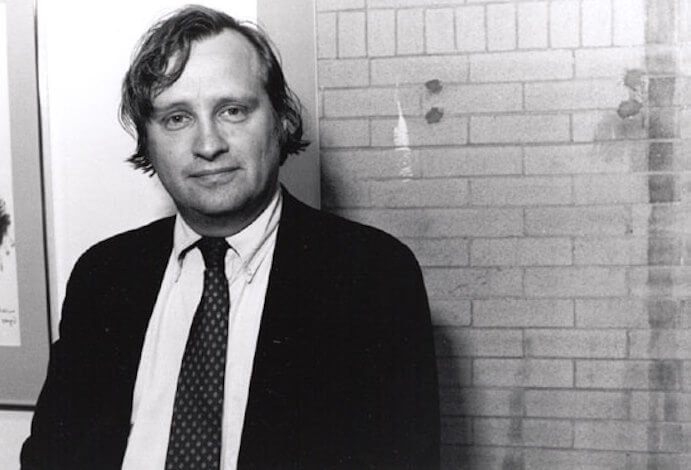Pianist, composer and educator Nils Vigeland (b. 1950) was born in Buffalo, NY into a musical family. His career has been closely linked with two of Buffalo’s most prominent musicians: Lukas Foss and Morton Feldman, studying composition with both of them and recording many of Feldman’s piano works. Life Sketches: Piano Music of Nils Vigeland, with Shanghai and New York based pianist Jenny Q Chai, presents the majority of Vigeland’s own compositions for piano from 1973 to 2013.
Allora e Ora (Now and Then) (2013), is a set of four portraits on Italian people and scenes. The opening movement “Santa Fina” evokes the short, pain-filled life of a young 13th century Italian girl whose devotion to God and her kindness in the face of illness is still venerated. The short portrait not only resonates with the ghost of the pitiful girl (relentless cold, detached chords combined with rays of hopeful, sweet harmonies) but also with the ever present ghost of Morton Feldman. The slow, measured tempo, ringing timbres, subtle changes in direction and glowing, whispy harmonics are strikingly similar to Feldman’s sound world; making “Santa Fina” the most engaging single track on the disc. “I Turisti”, the final movement, depicts the bustle of tourists flocking to Rome’s great monuments. Fragments of “O Sole Mio” and “Three Coins in the Fountain” woven in the busy texture enlivens the movement with a bit of wit and sarcasm, are the tourists really experiencing Rome or just a packaged, superficial glimpse?
Five Pieces (2010) was composed for Chai giving her, according to the composer, “every opportunity to utilize her varied and remarkable gifts of touch and timbre.” Each of the five untitled pieces demonstrates a different texture, according to the composer. Chai, with her effortless technique, lets us muse on her effortless touch, crisp rhythmic style and ability to shade a chord, but the cycle as a whole lacks real depth and contrast between the individual movments.

Written in memory of Vigleland’s piano teacher Yvar Mikhashoff, the six movements of Life Sketches (1994) recount various events and places in Mikhashoff’s life. “Barcarolle,” the last of the movements, is particularly effective as a heartfelt eulogy; a simple, rising melodic fragment evolves into a richly complex, flowing statement though the subtle use of harmonics, deft pedaling and contrasting plucked bass piano strings. Echoes of earlier pieces from the cycle float in and out as distant memories.
L’empire des lumières (The Empire of Lights) (1993), is a single five minute character piece in homage of surrealist artist René Magritte. Vigeland uses sustained chords and pedal to create a misty, other worldly portrait of a lamp lit street scene. On its own, it would be a colorful addition to a recital. In the context of the CD at hand, it strikes no new ground.
all in due time is the earliest piece in the program (1973) and is a welcome contrast to its disc-mates. Rhythmically percolating and an ever so slightly jazzy study in canonic development, all in due time pulses with a different kinetic energy than the later pieces. The very end of this eleven-minute essay is one of the highlights of the work; Chai conjures a shimmering harmonic mirage that slowly dissolves into glowing consonance, abruptly interrupted by two, final sharp notes that recall the opening as if the whole cycle will start again.

Although individual pieces stand out, there is simply not enough dramatic or dynamic contrast to make the album take flight. This can often be the case with a program devoted to the works of one composer (especially programs like this devoted to compositions for the same instrument) unless the composer’s work evolves over time or explores new and different techniques. Here, Vigeland’s relentlessly hazy sound world and the generally limited emotional range of most of the movements quickly becomes an ear numbing experience. Life Sketches is not a total loss, but the rewards come easiest by listening to one cycle or movement at a time instead of the whole 65-minute program.
If the music is not always top shelf, Jenny Q Chai’s performance of it certainly is. Her command of this technically demanding music is always apparent. Even the most mundane tracks can still be distinguished examples of impeccable piano phrasing, tone and pedal technique. The bright, clear and very forward sonics of the CD (produced by Chai and Vigeland) allow us to hear every nuance and vibration from the piano, which is important to Vigeland’s musical concepts. Vigeland’s short album notes are only marginally effective in explaining his musical intentions, and do little to illuminate the sources for his inspiration.
























